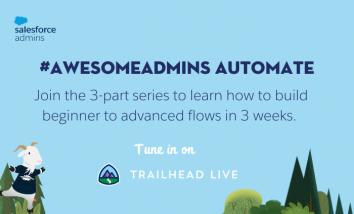Today on the Salesforce Admins Podcast, we talk to Lynn Guyer, Manager, Salesforce Practice at Forefront Telecare. Join us as we chat about how she was able to build a no-code, out-of-the-box solution for one of her organization’s biggest operational challenges. You should subscribe for the full episode, but here are a few takeaways from […]






